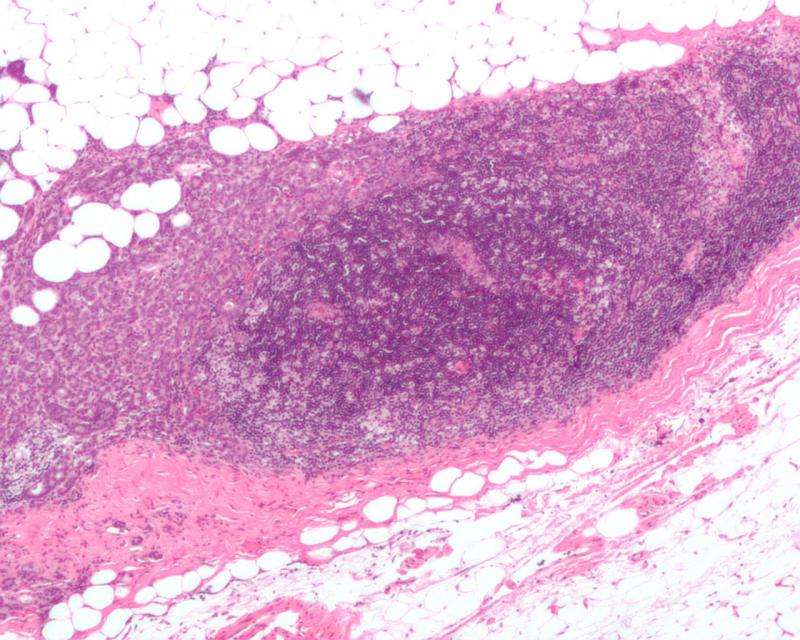Breast cancer stem cells radicalize normal neighbors for purpose of metastasis

A University of Colorado Cancer Center study presented at the American Association for Cancer Research Annual Meeting 2016 shows that stem-like breast cancer cells secrete molecules that allow neighboring, otherwise anchored cells to metastasize. The work also implicates the hedgehog signaling pathway as an essential conduit for this information, implying that interfering downstream in this pathway could reduce the metastatic potential of the disease.
"A tumor is not one thing. There is heterogeneity - many kinds of cancer cells acting in many different ways. What we show is that within a breast tumor, cells that have undergone a transition that makes them stem-like secrete transcription factors that affect the behaviors of surrounding cells, making these cells able to detach from the tumor site and move through the body to seed sites of metastasis," says Heide Ford, PhD, investigator at the CU Cancer Center and associate professor in the CU School of Medicine Department of Obstetrics and Gynecology.
The transition Ford describes is known as epithelial-mesenchymal transition or EMT. In it, cells that have differentiated to become epithelial tissue (one of the four kinds of specialized tissue in the human body), lose this differentiation to regain characteristics and abilities of mesenchymal stem cells.
These cancer cells that have undergone EMT to become mesenchymal-like cells have been implicated in cancer metastasis - when epithelial cells become detached from their substrate tissue, they undergo a programmed cell death known as anoikis, meaning that they are unable to survive travel through the blood to other possible tumor sites. However, mesenchymal cells can survive this detachment and travel. Thus it is these cells with features of mesenchymal stem cells that are most responsible for the spread of cancer through the body.
"Our work shows that in addition to these cells that have undergone EMT, it may be nearby cells influenced by those EMT cells that are able to metastasize," Ford says.
EMT is induced by transcription factors that influence the expression of a cell's genes. Previous work in the Ford lab and elsewhere have shown these transcription factors to include Twist1, Snail1 and Six1. In the current study, the Ford lab, with first author Hengbo Zhou, PhD, introduced EMT cells expressing these transcription factors to cultures of epithelial breast cancer cells not expressing these transcription factors.
"The addition of cells expressing Snail1 and Twist1 increased the migration and invasion of these otherwise fixed epithelial breast cancer cells," Ford says. Importantly, even the addition of material in which EMT cells had been grown, but without the cells themselves, made cultures of epithelial breast cancer cells more invasive.
"It is not the presence of EMT cells that creates the invasive characteristics of epithelial cells," Ford says. "It is the presence of these transcription factors created by EMT cells."
The work also shows that these transcription factors depend on another actor to accomplish their work, namely signaling through the much-studied hedgehog pathway.
"The conditions that lead to secretion of these transcription factors are different in different contexts, but eventually it all goes through hedgehog," Ford says. "You can try to break this signaling chain at any point, but we show that breaking the chain above hedgehog might not have much effect - EMT cells may still be able to influence epithelial cells through other channels. But because all of this signaling passes through hedgehog, downstream inhibitors could be efficacious in treating metastatic progression of breast cancer."

















